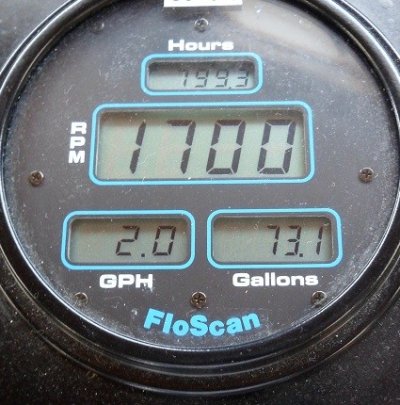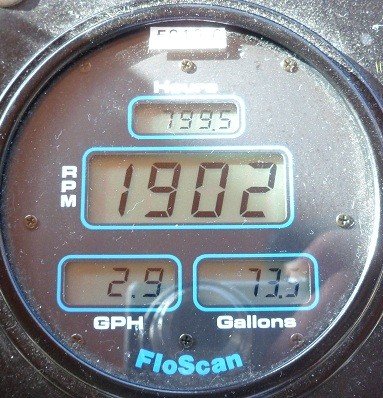Daddyo
Guru
These are from a single FL120 on a Marine Trader 40 Sedan. These numbers are going to be very similar on any boat. You decide what speed/burn works for you but as you can see a little difference can be very dramatic. Moderators you might want to tag this in some way so it is easily accessible since this question comes up all the time.









